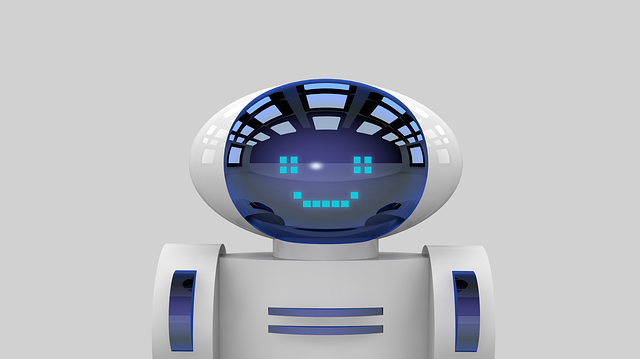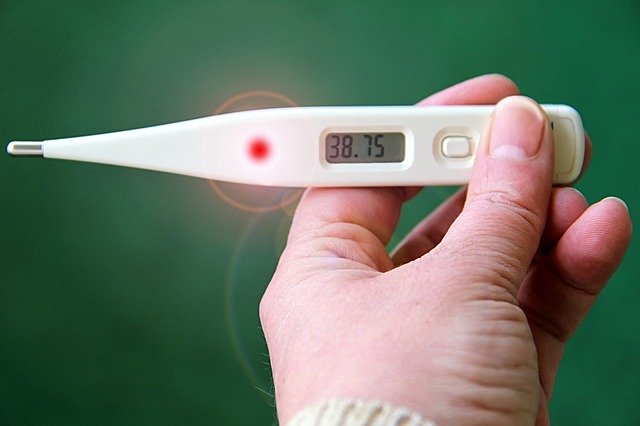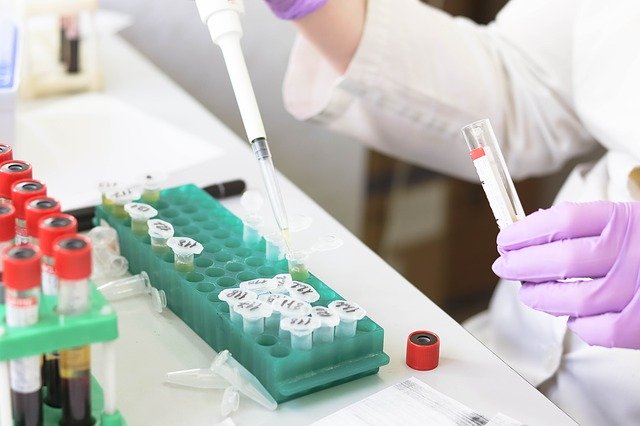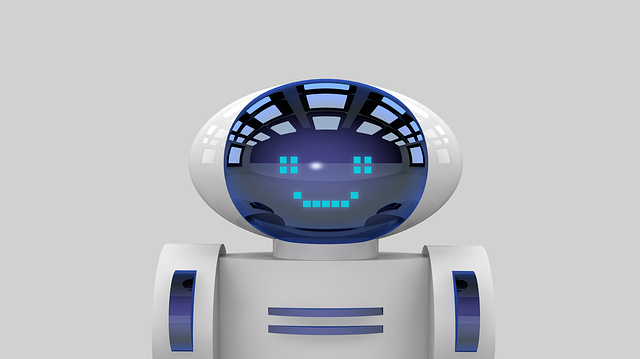The outbreak of COVID-19 in the last few days and its rapid spread across several nations of the world has cast a grim and difficult shadow. This coupled with uncertainty of the future has only added to the anxiety. Governments, citizens and companies are pooling in their combined efforts to deal with the pandemic in order to prevent any further damage as far as possible. In the face of the coronavirus, digital technologies are vital for both, social health and economic performance.
A digital response to the COVID-19 pandemic can take multiple forms and bring significant value. Artificial intelligence(AI) and Visual Reality (VR) are today playing a huge role in detection, checking the spread and helping in hospitals to prevent cross contamination of the disease.
Fighting COVID-19 with Artificial Intelligence
A WHO report published last month said that AI and big data are a key part of the response to the disease in China. Here are some ways people are turning to AI to detect and fight the Coronavirus.
Disinfecting Robots

Danish Company, UVD Robots along with Sunay Healthcare Supply, distributed its robots in China. UVD’s robots drove around healthcare facilities spreading UV light to rooms in order to disinfect them. The XAG Robot has been deployed in Guangzhou to spray disinfectants.
These robotic solutions limit exposure of the medical staff thereby reducing contamination too.
Fever Detection in Public Places

One way AI detects possible presence of Coronavirus is through cameras equipped with thermal sensors. Hospitals, the airport and public health facilities in Singapore quickly adapted this method.
Baidu Approach
Baidu’s AI approach can combine computer vision and infrared sensors to detect the temperature of upto 200 people a minute within a range of 0.5 degree celsius. The system alerts authorities if it detects a person with temperatures above 37.3 degree Celsius (99.1 degree Fahrenheit) since elevated temperatures is one of the indicators of the COVID infection.
AI based Tele-ICU services in Israel
Predictive analytics platform CLEW is working with 2 Israeli hospitals to manage and treat patients infected with COVID-19 while protecting front line care workers. Their tele-ICU solution CLEW-ICU is being deployed at Sheba Medical Centre and Ichilov Hospital at Tel Aviv Sourasky Medical Centre. The platform uses AI based predictive analytics to exponentially expand ICU capacity and resources. Its algorithms are trained to identify respiratory deterioration in advance enabling early intervention that might change the clinical outcome in the COVID-19 patients.
Drug Development

AI can be used for the identification and validation of novel drug targets for the COVID-19 virus as this requires screenings of large amounts of medical data. This system is used for iterative drug discovery processes involving data mining, hypothesis generation, lead compound identification and optimization. Therefore by rapidly and accurately scanning millions of combinations AI can predict the suitability of a molecule for drug development. Subsequently, AI can be used to assess potency, selectivity and binding affinity towards the intended target.
Virtual Reality to Fight COVID-19

There is a shift in individual behaviour due to the social distancing norms being practised across the world. This self quarantine places a huge limitation on the traditional work environment. Yet the COVID-19 situation has given a lift to the virtual and digital world. With a large number of individuals compelled to work remotely, organisations are trying to make the best use of the collaboration tools available in order to keep work going. During these phenomenal times, VR offers a solid option to video calls where all individuals involved can be in the same virtual space. Work can be shared in real time and in a collaborative manner through VR. Members can visit simulations to improve procedures and record content too. An additional advantage of VR is that all distractions can be expelled and individuals can completely focus on the job on hand.
Some Chinese hospitals even let doctors put on VR headsets to virtually visit potential COVID-19 patients in isolation wards.
Conclusion
The fight against COVID-19 will be a long drawn one with far reaching impacts. Technology innovations can help to minimize the impact and possibly win this war for humans.

